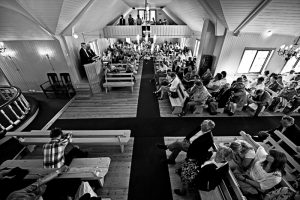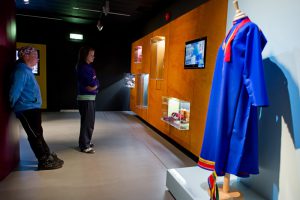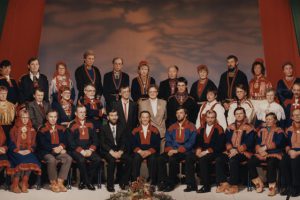Mixed livelihoods
The North Troms region has traditionally had versatile primary industries as the basis for livelihood. Fishing and agriculture formed the basis of people’s household economies, and today one can see traces in the terrain of the traditional industries that were practiced in the area.
The division of labor tells us about traditional gender roles in the region. Men went out to sea for seasonal fishing while the women and children ran the farm. Duodji/handicraft products made by women have always provided additional income for the household. Duodji was used in barter, sold at local markets and was made to order.
Mixed livelihoods, as we view them today, often consist of either agriculture or fishing, combined with construction and plant work, service or other occupations in the surrounding area. Today we find local niche employment in fishing, agriculture and handicrafts that make use of the region’s special resources to a greater extent than previously. In addition, we see an increasing focus on tourism initiatives based on local culture and natural scenery. Such livelihood combinations can also be seen as an adaptation and ability to continue to stay in the region.







